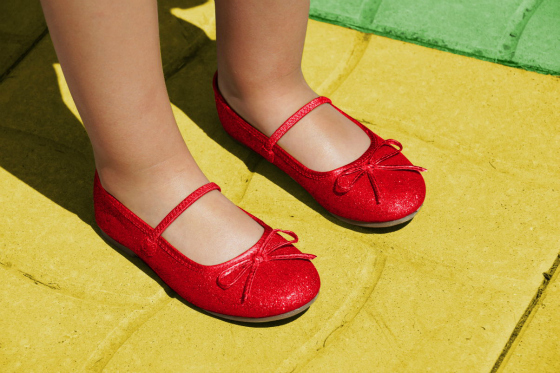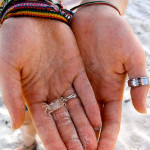“The most damaging phrase in the language is: It’s always been done that way.”
– Grace Hopper
Sometimes when I meet someone new at a party and I’m asked what I do, people stare at me a bit blankly when I describe the path that got me to becoming a coach: research biologist to health educator to program supervisor to coach.
My path to the work I do doesn’t look like a lot of other people’s. I was told by one of the public health graduate programs I applied to that I’d submitted my paperwork to the wrong program (oh well).
As a coach, I’ve never worked in human resources, and I never took a psychology class in school. If you would have told me 15 years ago that today I’d spend some of my time facilitating groups who are in conflict, I would have been amazed and shocked, given that I spent much of my younger days doing all that I could do to avoid conflict.
I’ve rarely taken the easy route, or walked directly in someone else’s shoes, perhaps even taking that to the extreme at times. It’s not exactly been a type of yellow brick road, neatly paved and magically carved out for me.
You too?
Learners by nature
My hunch about you is that, like me, you’re a learner by nature. If so, it might be reassuring to learn that research tells us that stretching ourselves to reach goals that are slightly out of our reach is good for us.
You don’t need so far of a reach that you pull a muscle, or injure yourself, but working a little bit for goals actually helps us achieve them.
That’s what good leadership is, too: aiming for something just slightly beyond an easy grasp for ourselves, our team, or our organization.
It’s OK to be uncomfortable
What you’ve probably already found out is that those stretches – deep, sustainable learning in life or leadership – are rarely easy or comfortable. While our brains are wired to avoid discomfort, when we are learning, we need to remind ourselves that it is OK to be uncomfortable: it means we are doing something new.
Try this: clasp your hands together, fingers intertwined. Notice which thumb rests on top of the other. Now, switch your hand grip – reclasp your hands but be sure the other thumb is now on top. What do you notice?
It’s probably uncomfortable to hold your hands in the second position – because you haven’t practiced folding your hands this way.
But with practice, we can make the unfamiliar familiar.
Be patient and embrace mess when you are learning
We need to be patient with ourselves when we are learning. We often want to go from 0 to 60 MPH in 30 seconds or less: from unconscious incompetence (I don’t know what I don’t know) to unconscious competence (I know it and no longer have to think about it).
Although we wish it were different, learning is rarely like flicking on the light switch, where first you are in the dark, and then you are immediately enlightened!
For better or worse, learning is messy, and we need the in-between steps of being consciously incompetent (I am painfully aware of what I don’t know) and consciously competent (I am focused and aware in order to accomplish the task at hand) before we are able to be “good” at something.
Those “messy” steps are actually what learning is, and if you skip over them, you will miss a lot.
Why a meandering path is OK
All of which is to say: if you’re on an unconventional path, an uncomfortable one, one that doesn’t always make sense to others: don’t worry about it.
It’s a myth (and a boring one at that) that most of our paths are linear. Most of us don’t go from A to Z in some coherent fashion.
The detours we take are often, ultimately, the most interesting parts of our the journey, and the ones that will provide good stories later on. So, embrace the learning in all you do, and be patient with yourself and others along the way.
Over to you
In the Comments below, let me hear from you: What’s great about taking an unconventional path? What benefits has it given you?
Loved this post?
Then use the icons below to tweet it, share it on Facebook and send it to specific friends via email.
And leave your email at the top or bottom of this page to be first to hear about more articles like this.
Photo credit: DepositPhotos



 Before specializing as a professional coach in 2004, I spent more than a decade in leadership, management and program development for state and local government and non-profit organizations. Now I get to help leaders and teams have more clarity and ability to stand up for what's important in their work and in their organizations. Working with me, leaders and teams find more meaning and purpose, feel happier and more confident, navigate change and conflict, and work together better.
Before specializing as a professional coach in 2004, I spent more than a decade in leadership, management and program development for state and local government and non-profit organizations. Now I get to help leaders and teams have more clarity and ability to stand up for what's important in their work and in their organizations. Working with me, leaders and teams find more meaning and purpose, feel happier and more confident, navigate change and conflict, and work together better.